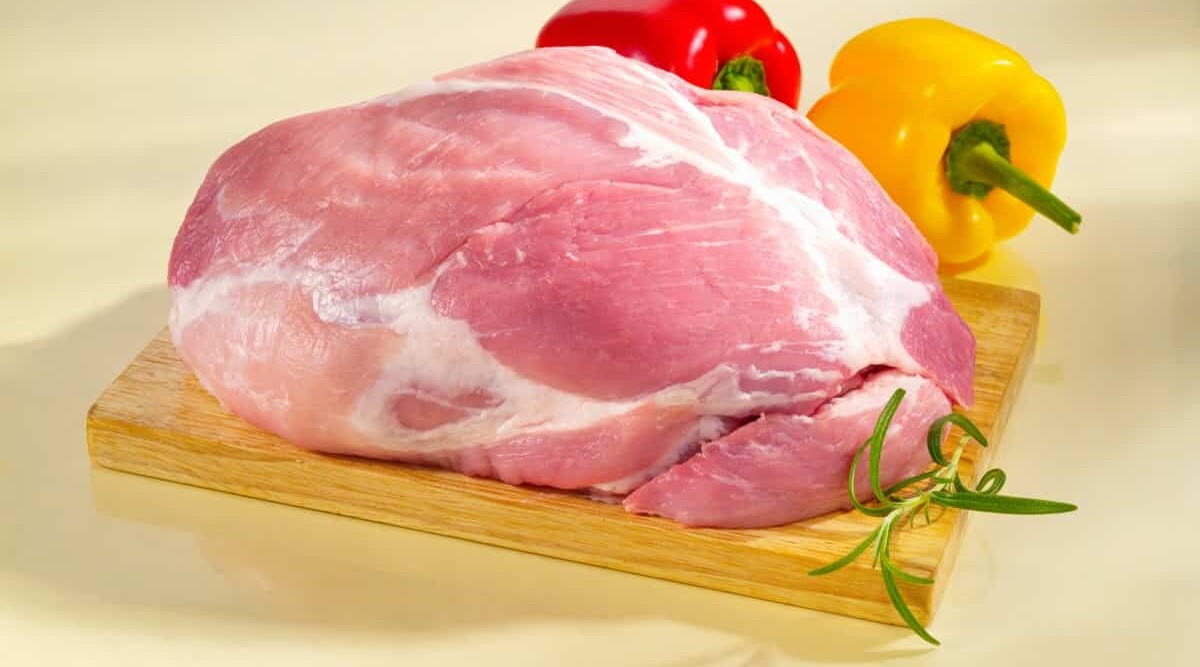
After introducing pork cushion meat, what it is, and where to find it, our step-by-step guide will teach you how to smoke it to perfection.
In a very fine animated film you may have seen (and if you have kids of a certain age, you may have seen it a lot), one of the lead characters’ motto is, “Adventure is out there!” For the avid barbecuer, “out there” is the butcher’s counter.
There are more cuts of meat than you can shake a long-handled serrated metal spatula at, and each one has its challenges — and its tasty rewards.
Today, I’m going to expand your repertoire to include pork cushion meat, a low-cost, high-return cut that you may not know about.
First, I’ll explain what it is and where it comes from on the pig, plus what sets it apart from the other cuts nearby. We’ll talk about how to buy pork cushion meat, including cutting your own from … well, I won’t give that away here!
I’ve also got a step-by-step guide to smoke pork cushion meat, and suggestions for other uses for this delicious and economical cut.
Ready to put some new pork on your fork? Then, let’s get this culinary adventure started!
Jump to:
What is Pork Cushion?
Though it sounds like a pig-shaped pillow, a pork cushion is actually a delicious, mid-sized cut taken from the picnic shoulder, a primal on the front legs of a pig.
I know it can be difficult to think of a “shoulder” on a quadruped — try to picture a pig in a bipedal position, and it becomes a lot easier.
Once the butcher separates it from the shoulder, the cushion is roughly triangular and weighs about 2 to 3 pounds. It really looks like a small pillow.
There’s a good bit of connective tissue in a pork cushion, but it’s boneless, making it easier to carve or shred.
Pork Cushion Vs Butt
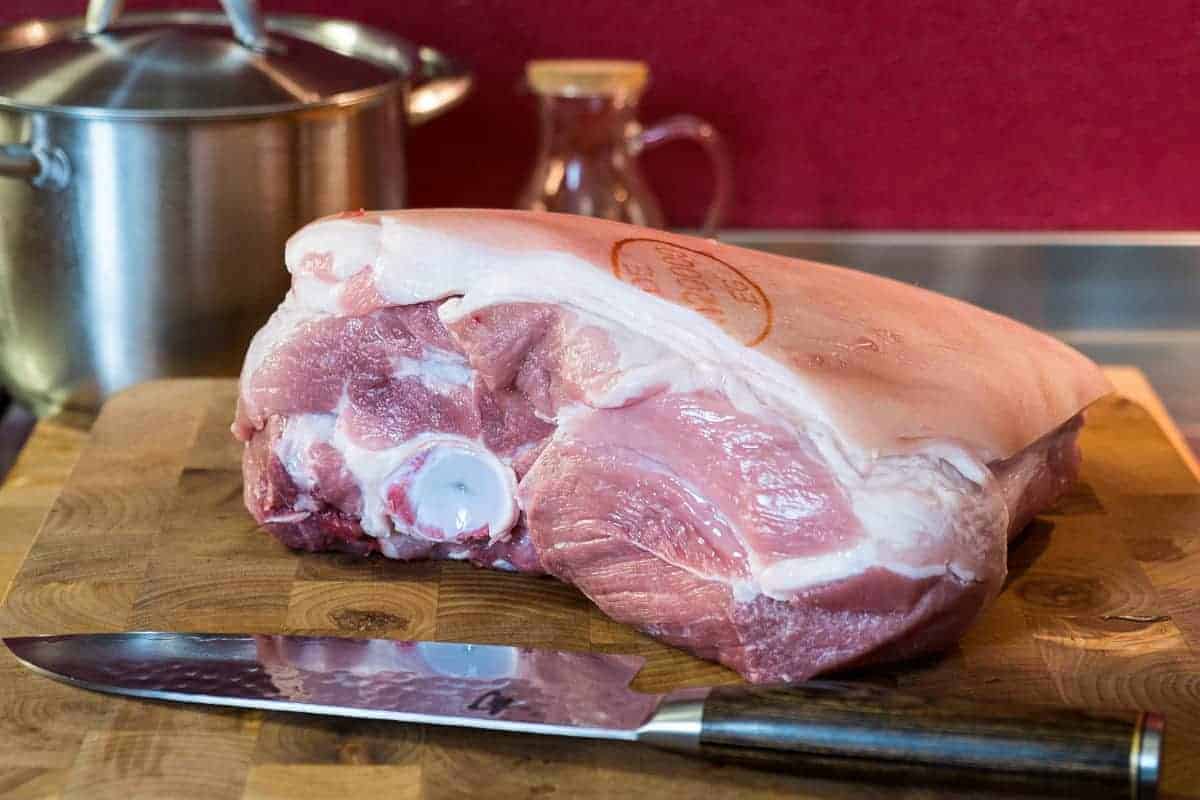
If you’re thinking pork cushion sounds an awful lot like butt (aka Boston butt), you know your pork cuts pretty well.
Both cuts come from the shoulder primal of the pig. However, the butt is higher on the limb, up near the shoulder blade. The cushion is lower — immediately below the butt — and more on the leg.
Pigs don’t work out the butt area too much, so it’s naturally more tender than the cushion and with nice marbling. Cushion gets more use as a muscle, leaving it denser than the butt and with less fat in the muscle.
The butt is a larger cut, too, weighing in at roughly 5 to 7 pounds, on average, versus 2 to 3 pounds for a pork cushion, and may be sold bone-in or boneless.
The most popular way to cook either cut is low and slow between 225 °F and 250 °F. However, because there’s more intramuscular fat in the butt, you can cook it to an internal temperature of anywhere from 180 °F to 205 °F and be sure it’ll be tender inside.
For pork cushion, you’ll need to shoot for the upper end of that range, about 200 °F to 205 °F, to ensure you’re not chomping forever on a tough piece of meat.
You can use either cut as a whole roast, but pulled pork is probably the number one use for pork butt and pork cushion.
How to Buy it
If your favorite grocery store has a decent butcher’s counter or meat section, you can probably pick up a Boston butt no problem. You’re less likely to find pork cushion, however. Be sure to ask, though, just in case. They may even be able to cut one for you.
Failing that, try a dedicated butcher shop — you can usually get anything your grilling heart desires from a good one. Even at that, you may have to request a pork cushion; I checked several nearby butchers, and not one had cushion on the website, though most said you could order any cut.
If you don’t have a butcher handy or can’t get to one because of … oh, let’s say a worldwide pandemic … you can order pork cushion from online retailers. When you’re searching, check for “pork cushion meat” specifically, to get the most results.
Think you have knife skills? You could buy an entire shoulder or picnic shoulder and separate the pork cushion yourself. You’ll get to enjoy the tasty cushion, but also lots of other great meat for smoking, braising, or using in stock.
Here’s a quick video showing how to butcher a pork shoulder for commercial sale. Skip ahead to the 90-second mark to see the deboning process and approximately where the cushion is.
How to Make Pulled Pork from Pork Cushion
As I mentioned earlier, pork cushion is popular for making pulled pork. Here’s a step-by-step guide to making pulled pork from pork cushion with a smoker.
- Trim away any hanging flaps of fat. They’ll just turn into inedible bits of char, anyway.
- Start with a dry rub. Use either a pre-made rub or create your own, then apply all over the cushion.
- Wrap the cushion in plastic and store it in the fridge for up to 24 hours to let the dry rub really sink in.
- Remove the cushion from your fridge, unwrap, and let it rest on the counter for approximately one hour.
- While the cushion rests, start up your smoker and get the temperature up to no less than 225 °F but no more than 275 °F. (On average – there are always peaks and valleys during a smoke session.)
- There isn’t much surface fat on a cushion, but always place it in your smoker with the fattiest side up. Doing so allows the smoke to penetrate the lower surface, and the rendering fat will make its way down and over and through the meat.
- We always cook meat to temperature, not to time. When your digital thermometer reads about 195 °F, remove the cushion from the smoker. An ok estimate for time is about 90 minutes per pound.
- Rest the smoked meat for approximately 30 minutes. During this time, the process of carryover cooking should bring the internal temperature up to around 205 °F.
- Get out your shredding implements and pull the pork into pieces, so it’s ready for saucing.
Other Uses for Pork Cushion
As yummy as pulled pork is, pork cushion meat is more than a one-trick pony. Here are our top suggestions:
Roast
Pork cushion is tender and tasty enough to roast whole and serve by the slice.
Get your cooker up to between 300 °F and 325 °F. Then let it roast for 40 to 60 minutes per pound, until it reaches an internal temperature of 180 °F. Let it rest at least 30 minutes before serving.
Chops
Here’s a money-saving way to enjoy pork chops — carve your own from a pork cushion!
Cut them off and cook them as you usually would. I can’t lie, though; they will be a bit chewier than a traditional pork chop, but the flavor is all there.
You could opt to tenderize your chops with a meat hammer. Beat them into cutlets, very thin cuts of pork, and grill ‘em up. Or, you can coat them in breading for frying and make your very own schnitzel.
Soup, Stew, or Stir Fry
I lumped these all together because they start with s. It’s a writer thing, sorry.
Roast your pork cushion and cut it down into small cubes, no more than 1-inch. Add them to a thick stew or vegetable soup and let them simmer. Not only will they boost the flavor of the soup or stew, but they’ll also become even more tender.
For stir fry, you can cube or slice the raw cushion into strips before cooking in a skillet or wok. They’re awesome for Asian-style dishes, fajitas, or tacos.
Final Thoughts
The great thing about giving pork cushion meat a try (aside from the taste!) is that it requires just a small investment of time and money on your part. Once you’ve tried it, I’m sure you’ll love it — I predict many pulled pork sandwiches in your future!
Could pork cushion meat be your next go-to for the smoker? Let us know if you’ve tried it and what you thought. Share it through email or leave a comment on our social channel.
Thanks for sharing your day with us!


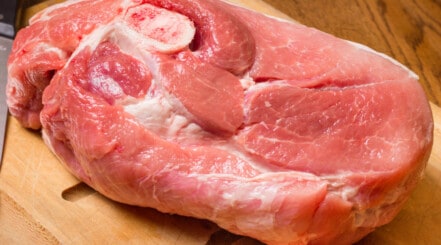
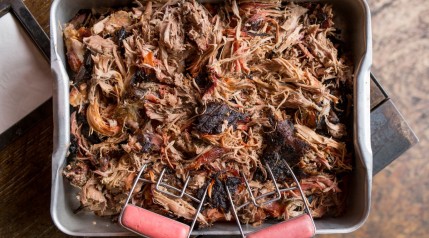
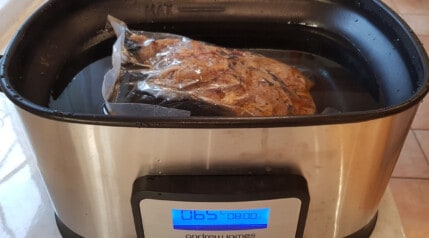
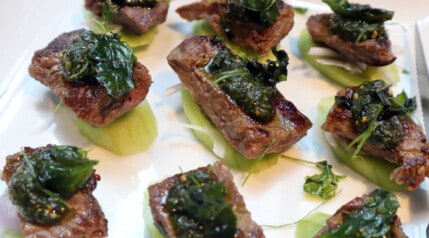
Love this, and wished you had one for pork: https://www.foodfirefriends.com/beef-cuts/
Thanks, Tammy. I intended to do one for pork, but it was soooo much work. I hope to revisit the idea one day.